Kenya is in the process of repurchasing up to a quarter of its $2 billion 2024 international bond by the end of this year, following the acquisition of new loans, as revealed by central bank governor Kamau Thugge in an exclusive interview with Reuters. The aim of this buyback is to address concerns related to the country’s ability to repay this approaching debt.
Kenya is actively engaged in discussions to secure commercial loans ranging from $500 million to $1 billion from two regional policy banks: the Trade & Development Bank and the African Export-Import Bank. Thugge emphasized that part of these loans would be allocated for the buyback, contributing to liability management, while the remainder would serve as budget support.
Thugge expressed the urgency of initiating the buyback, emphasizing the need to commence as quickly as possible. Kenya’s approach to repaying the $2 billion 2024 bond is closely observed by international investors, given the challenges posed by rising debt repayments, a weakening currency, and surging bond yields, which have excluded many developing nations from global capital markets.
In addition to these initiatives, Thugge disclosed that Kenya is in discussions with the International Monetary Fund (IMF) regarding an “augmentation” of its loan program, currently undergoing its sixth review scheduled for November. Kenya is also in talks with the World Bank to expand a $750 million loan, slated for March.
Governor Thugge indicated that Kenya is open to requesting “exceptional access,” which would enable it to seek more than its current limit of IMF funding. While this would entail additional conditionalities and requirements, Kenya is prepared to present the reforms it is undertaking to meet these conditions.
If Kenya remains unable to issue new international bonds and is compelled to repay the $2 billion bond using foreign currency reserves, Thugge confirmed that the reserves would still amount to approximately $7 billion by the end of June 2024.
As of October 5, the central bank reported usable foreign exchange reserves totaling $6.9 billion, sufficient to cover around 3.7 months’ worth of imports. The central bank had maintained its key interest rate at 10.5% on October 3, with inflation increasing to 6.8% in September from 6.7% the previous month. This rise followed the first-time drop below the 7.5% target in June for a year.
Governor Thugge mentioned the existence of exchange rate pressures and the central bank’s desire to maintain the current interest rates for a certain period, though he refrained from specifying a timeframe. He stated that if inflation surpasses the 7.5% threshold, appropriate measures will be taken to address it. Conversely, if inflation declines to 5% and the exchange rate experiences reduced pressure, the central bank will consider lowering the interest rate.
Despite the challenges posed by Kenya’s debt situation, the economy is anticipated to grow by 5.5% in 2023 and around 6% in 2024, as stated by Thugge. These projections exceed the IMF’s Sub-Saharan Africa forecasts of 3.3% and 4%, respectively.


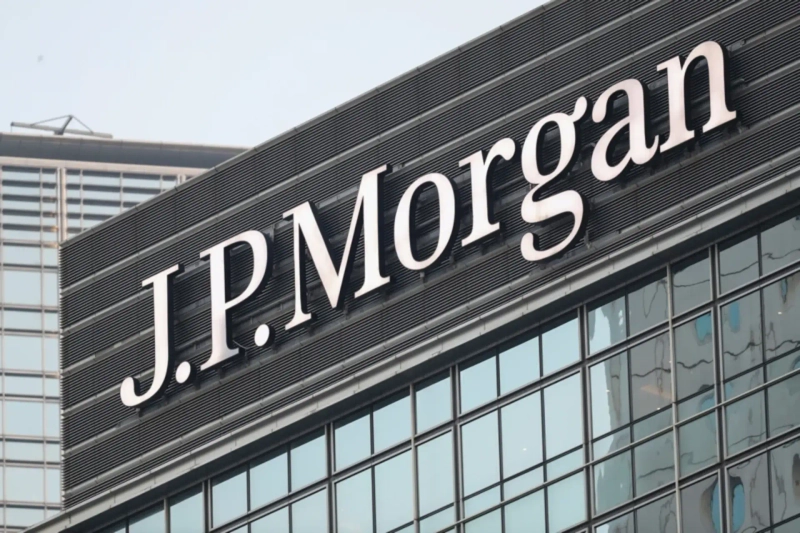
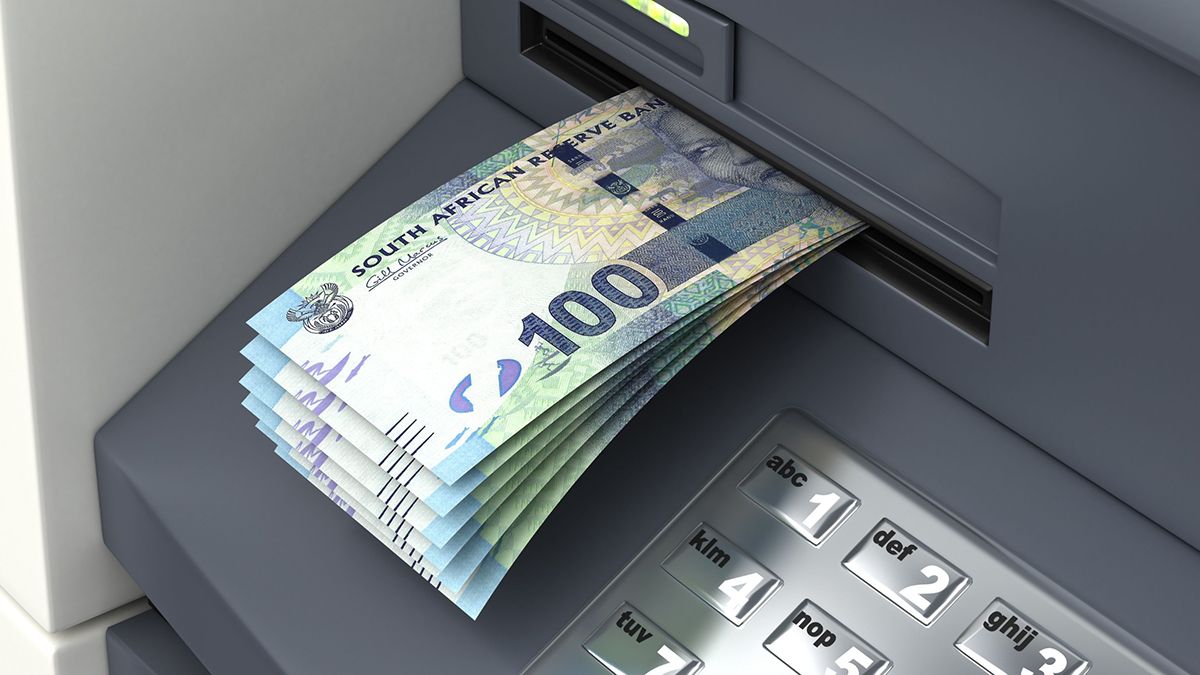
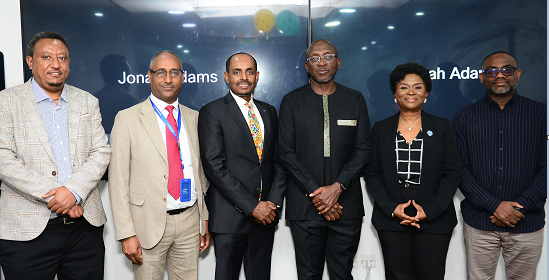
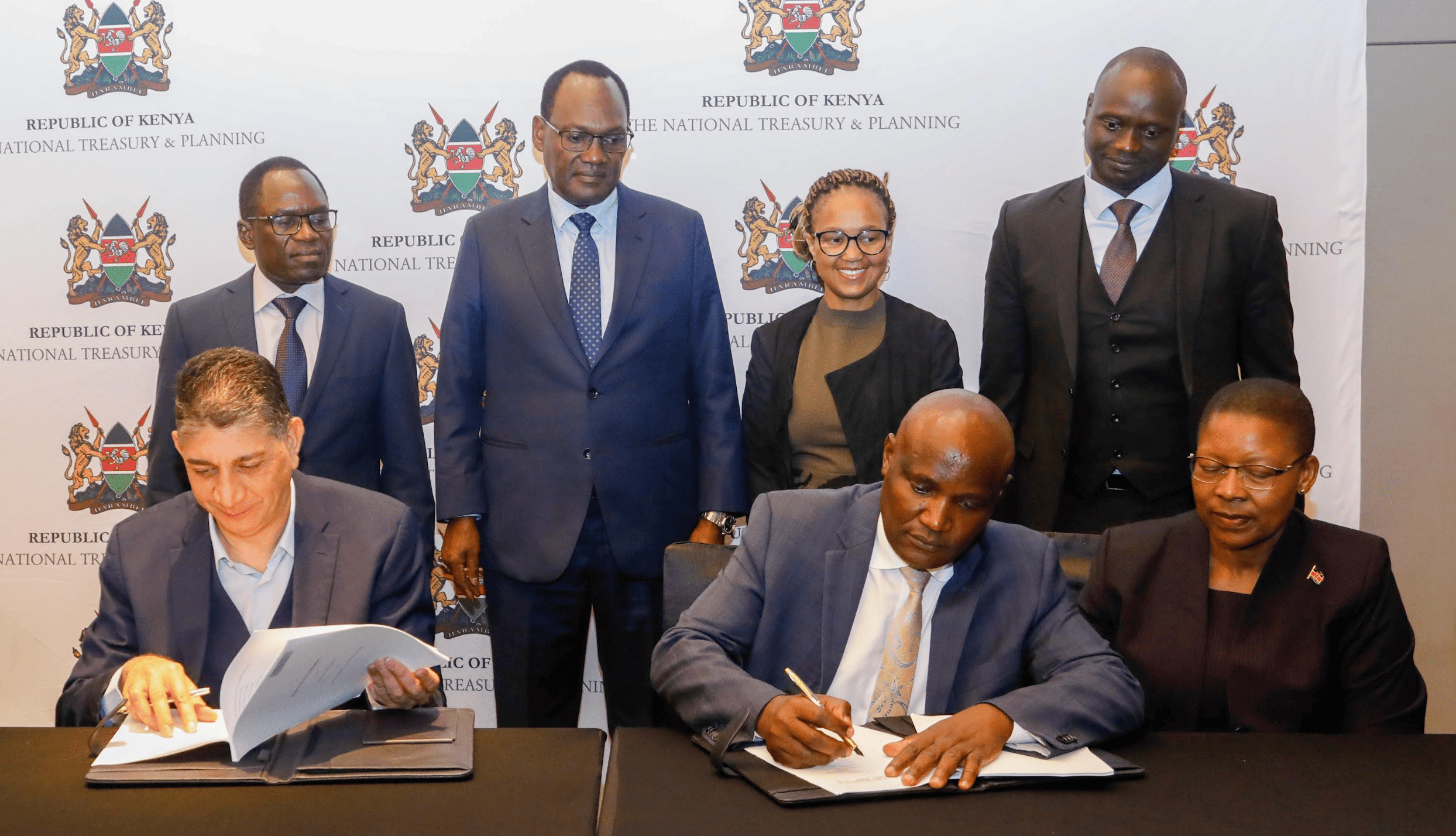



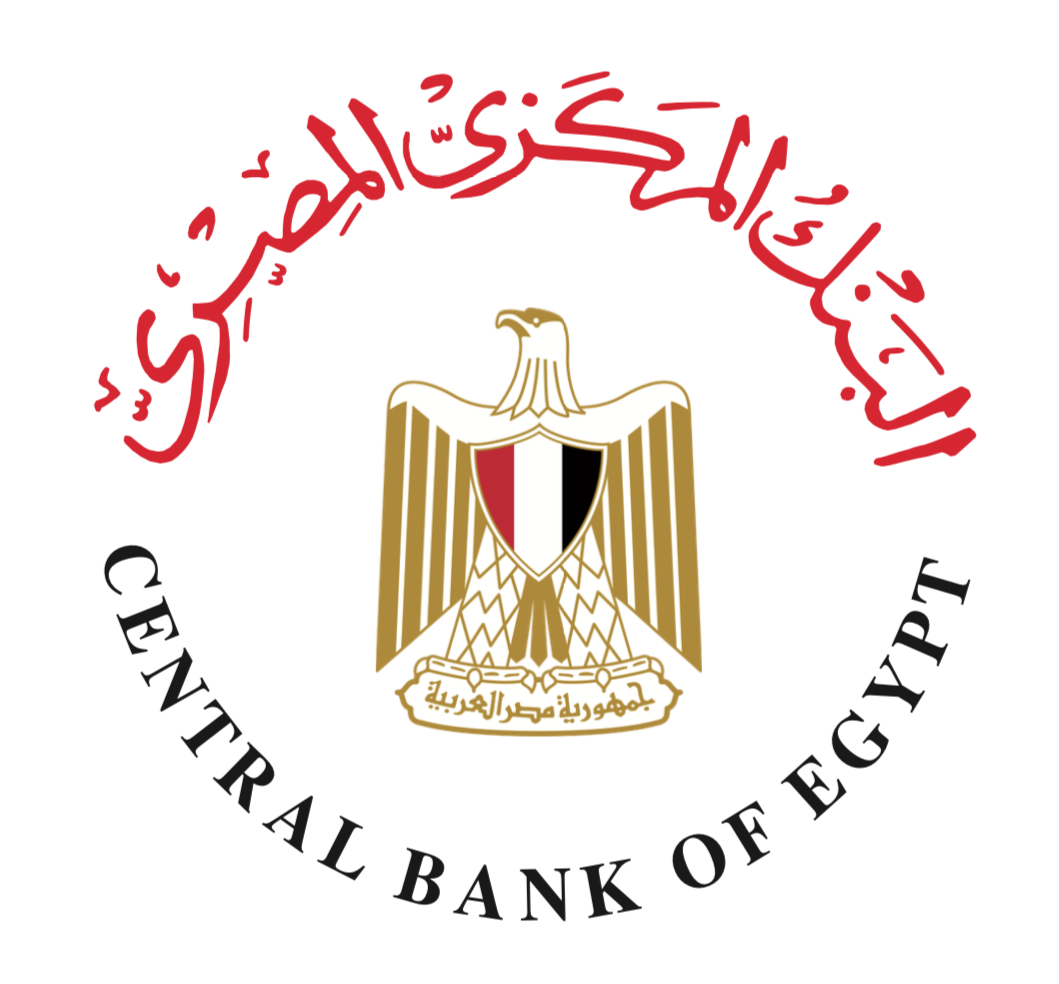
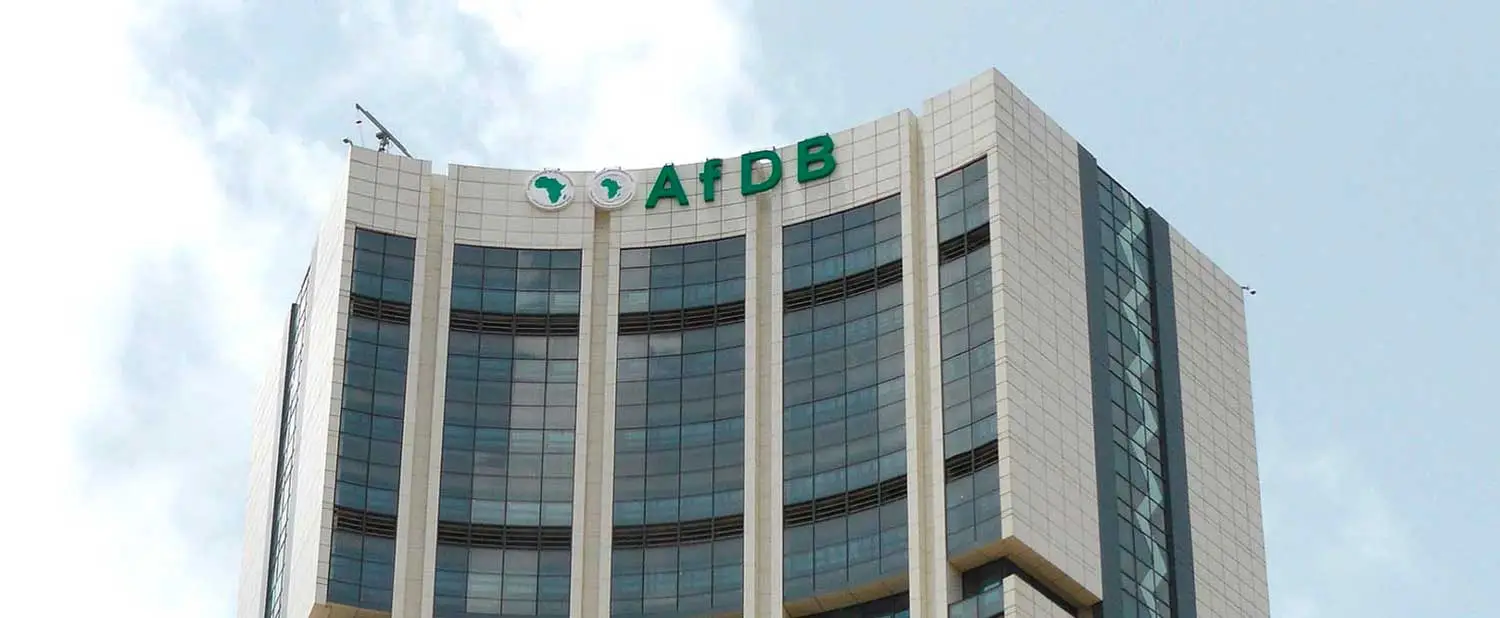
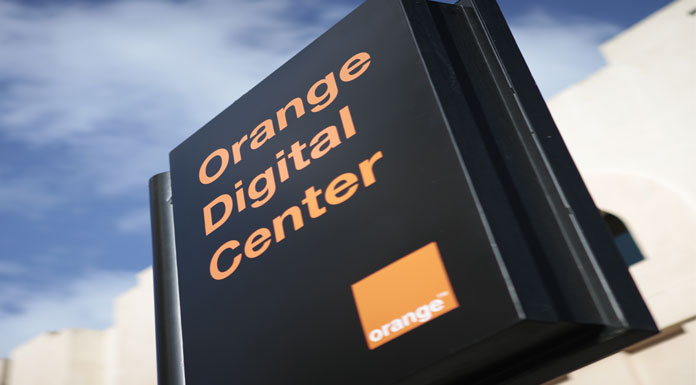
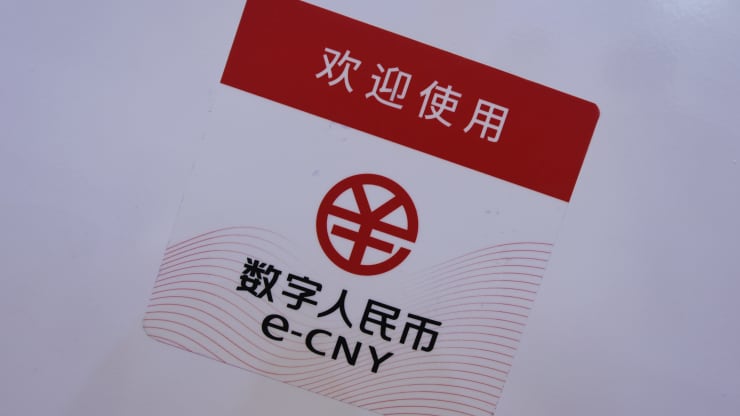
Comments